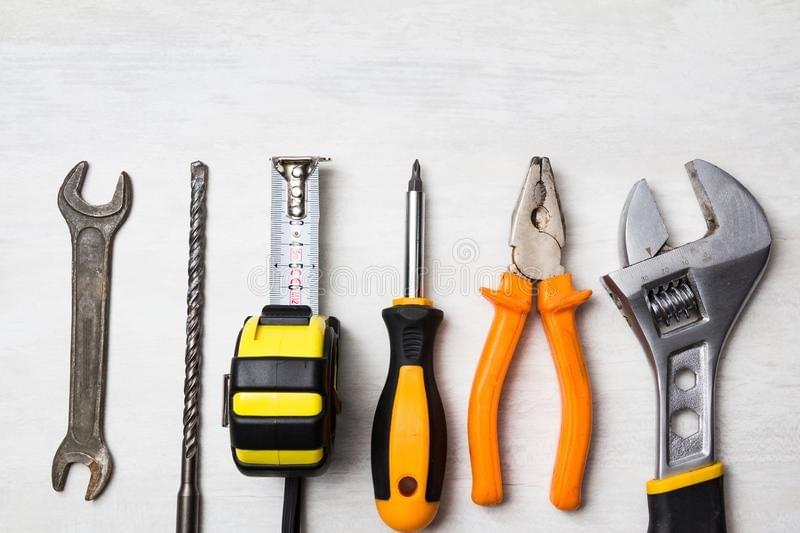
A fastening tool is a mechanical device that manually connects or secures two or more fixed materials together. In simple terms, fastening fasteners are usually used to make permanent, strong connections; which is, connections that are incapable of being dismantled or removed without destroying the attaching elements. Most common fastening systems include nuts and bolts, although some materials (such as reinforcing steel) also use screws. Fastening, in its most basic form, involves a bolt that is bent into a corrugated shape. The purpose of this bent shape is to create a surface that is sufficiently strong to withstand the forces that are exerted on it; the shape is called the "torque" by which the bolt is bent. In order to create these forces, the fastener must be connected to a suitable piece of equipment.
The use of fasteners dates back to the earliest civilizations. It was not until much later, in ancient times, that man learned to create machines that would make the process faster and more efficient. Early civilizations such as those of Egypt and Greece developed early means of manufacturing fasteners. These early technologies were developed for the sole purpose of fastening together different materials such as nails, metals, timber and ceramics. However, the art of fastening remained virtually unknown until the 19th century, when it was rediscovered by the Russian Empire.
Because of the tremendous increase in the number of manufacturers around the world, the industry suffered from rapid growth. This meant that there was a need for new, more advanced ways of fastening parts together. The solution to this problem came in the form of the temporary joining process known as the screw or bolt fastening. Some of the major benefits of the temporary joining process included: it had no adverse effects on the quality of the final product; it could be carried out at a much lower cost; it left very little space for error; it allowed the manufacturer to choose the most appropriate fastening method for each part.
In recent times, new methods have been developed for fastening materials together. One of the latest improvements in the fastening industry has come about through the development of synthetic fasteners. This is because the fasteners usually tend to bond better with the materials they are attached to, meaning that the results of the fastening can be more consistent, durable and reliable.
Adhesive bonding is one of the most common fastening techniques used in the manufacturing industry. This technique uses solvents to allow two materials that are bonded to each other to move against each other without coming apart. The advantage of using adhesive bonding is that it produces stronger, far more secure and stronger joints than mechanical fastening methods. Moreover, it is also highly resistant to the growth of mildew and mould. However, because this method uses solvent driven adhesives rather than mechanical fastening methods, it also tends to be less durable than the former. Also, because these types of adhesives emit toxic fumes when applied, it is not recommended for use in some highly enclosed areas such as power stations and factories.
Another popular fastening technique used in the manufacturing industry today is known as tabbing or tabs. Unlike mechanical fastening, where the fastener is installed through holes drilled into the material, tabbing utilizes tabs that are installed on the fastening system itself. Because the tabs are permanently placed into the fastening system, they ensure that the fastener stays put and does not detach from the workpiece. Like other types of fasteners, tabs are also available in various configurations and styles. This means that a company is left with the option to choose a tabbing system that suits the preferences of its personnel, depending on the type of materials being used and the application.
One final type of fastening that is commonly used in applications beyond the automotive industry are strip fastening systems. These fastening systems employ two or more pieces of sheet metal into a single unit. A piece of strip fastening produces a type of lock between the strips of sheet metal. This lock ensures that the strip metals do not move out of place during the expected operation. Unlike mechanical fastening, the component is installed using tabs. These tabs make it possible for the components to be removed from the sheet metal piece by taking them apart individually.
All of these types of fastening are effective and convenient ways of fastening sheet metals together. The most common application for these fastening solutions is with stainless steel fasteners. By incorporating stainless steel fastening components into the design of a new part, a company can produce a high quality product that lasts longer and resists damage better than other alternatives. Additionally, this type of fastening allows manufacturers to offer a more economical service to their customers.
